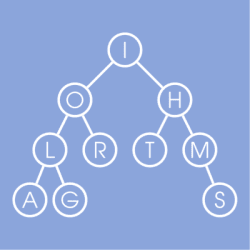Images
You’ve learned the basic algorithms now and are ready to step into the area of more complex problems and algorithms to solve them. Advanced algorithms build upon basic ones and use new ideas. We will start with networks flows which are used in more obvious applications such as optimal matchings, finding disjoint paths and flight scheduling as well as more surprising ones like image segmentation in computer vision or finding dense clusters in the advertiser-search query graphs at search engines. We then proceed to linear programming with applications in optimizing budget allocation, portfolio optimization, finding the cheapest diet satisfying all requirements, call routing in telecommunications and many others. Next we discuss inherently hard problems for which no exact good solutions are known (and not likely to be found) and how to solve them approximately in a reasonable time. We finish with some applications to Big Data and Machine Learning which are heavy on algorithms right now.
Similar resources
Our 40 faculty examine everything from microeconomic and econometric theory (our two traditional fields of strength) to macroeconomics, development economics, public finance, international economics, environmental economics and labor economics. We provide a diverse and complete training for our students, as well as research at many of the frontiers of economic research.
Our courses are challenging and rigorous, but there is a return on investment: we graduate between eight and nine hundred students a year with Bachelors' degrees, many to great jobs and graduate schools, here in California and around the world. In addition, we graduate twenty or thirty PhD students a year, who either become professors themselves or go on to interesting careers in government or the private sector.


Algorithms on Strings









